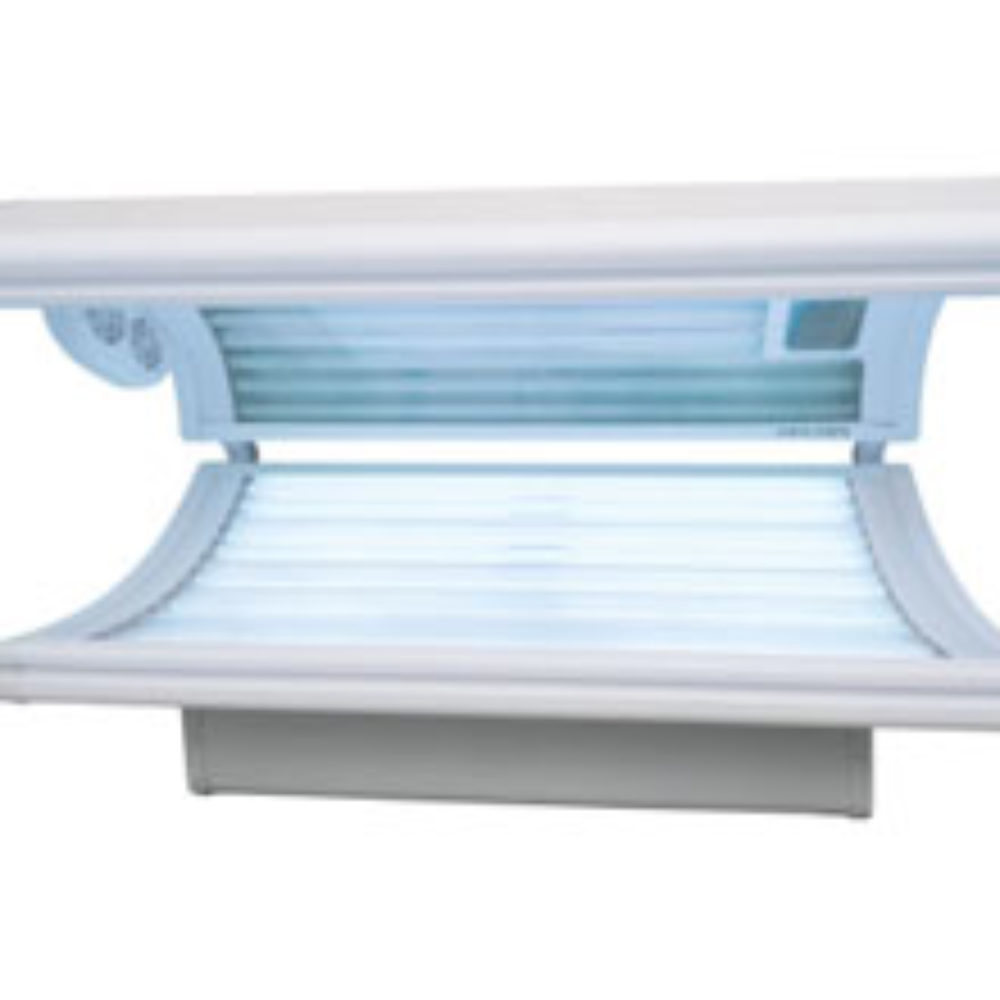FDA Staff Weighs in on Tanning Bed Skin Cancer Risk

Just days before an advisory committee meeting is scheduled to discuss regulation of tanning beds, the FDA has released a report pointing out that there is growing evidence that tanning beds cause skin cancer.
The tanning bed report (pdf) was released by the FDA on Tuesday, providing background information to the FDA’s General and Plastic Surgery Devices Panel, a subcommittee of the Medical Devices Advisory Committee. The panel will meet in a public hearing on Friday to discuss tanning bed regulation concerns that have arisen in the wake of a World Health Organization (WHO) decision to reclassify tanning beds as known carcinogens last year.
“There continues to be a growing body of literature showing association of skin cancer with use of tanning lamps and the committee will discuss this information and other information related to the association of UV and skin cancer,” the report states.

Did You Know?
Millions of Philips CPAP Machines Recalled
Philips DreamStation, CPAP and BiPAP machines sold in recent years may pose a risk of cancer, lung damage and other injuries.
Learn MoreOne of the studies was by WHO itself in July 2009. WHO’s report determined that the use of tanning beds before the age of 30 increases the risk of skin cancer by 75%. As a result of the study, WHO reclassified ultraviolet radiation from tanning beds and other sources as a definite carcinogen. Previously, they were considered “probable” carcinogens.
Some studies have shown that the use of tanning beds by young adults results in eight times the risk of developing melanoma, a deadly form of skin cancer once found mainly in the elderly, but which has increasingly become a problem for younger adults. The American Cancer Society says that melanoma, the most dangerous form of skin cancer, is diagnosed in about 69,000 Americans each year and causes about 8,650 deaths annually. Less dangerous, but more common, basal and squamous cell carcinomas affect more than one million Americans each year and cause about 2,000 deaths annually.
The FDA’s report notes that the tanning industry has grown rapidly over the last two decades. The agency estimates that each year at least 30 million Americans visit one of the nation’s 25,000 indoor tanning businesses.
The report states that a growing number of children are counted among the ranks of tanning bed users, with nearly 10% going to indoor tanning businesses in 1999. The report also expresses concerns by some researchers that as many as 95% of indoor tanning customers are exceeding the recommended safe time in tanning beds.
Concerns over tanning bed cancer has resulted in bipartisan legislation aimed at lowering tanning bed cancer risks. The Tanning Bed Cancer Control Act, was introduced in late January by U.S. Representatives Carolyn Maloney (D-New York) and Charlie Dent (R-Pennsylvania). The bill would allow federal regulators to set controls on the amount of ultraviolet radiation emitted by tanning beds as well as set limits on the amount of time users can use the devices.
Get more articles like this sent directly to your inbox.
"*" indicates required fields




0 Comments